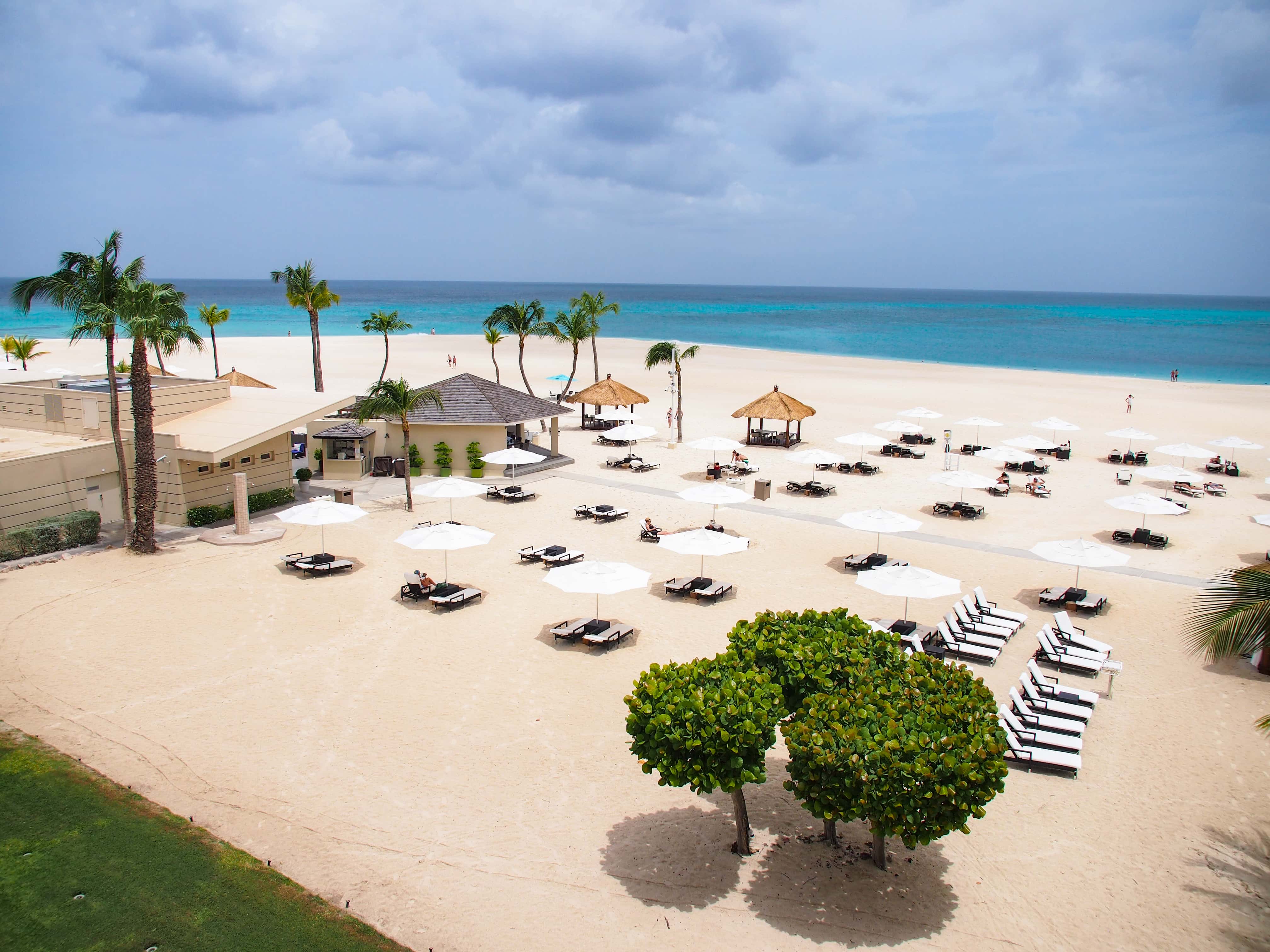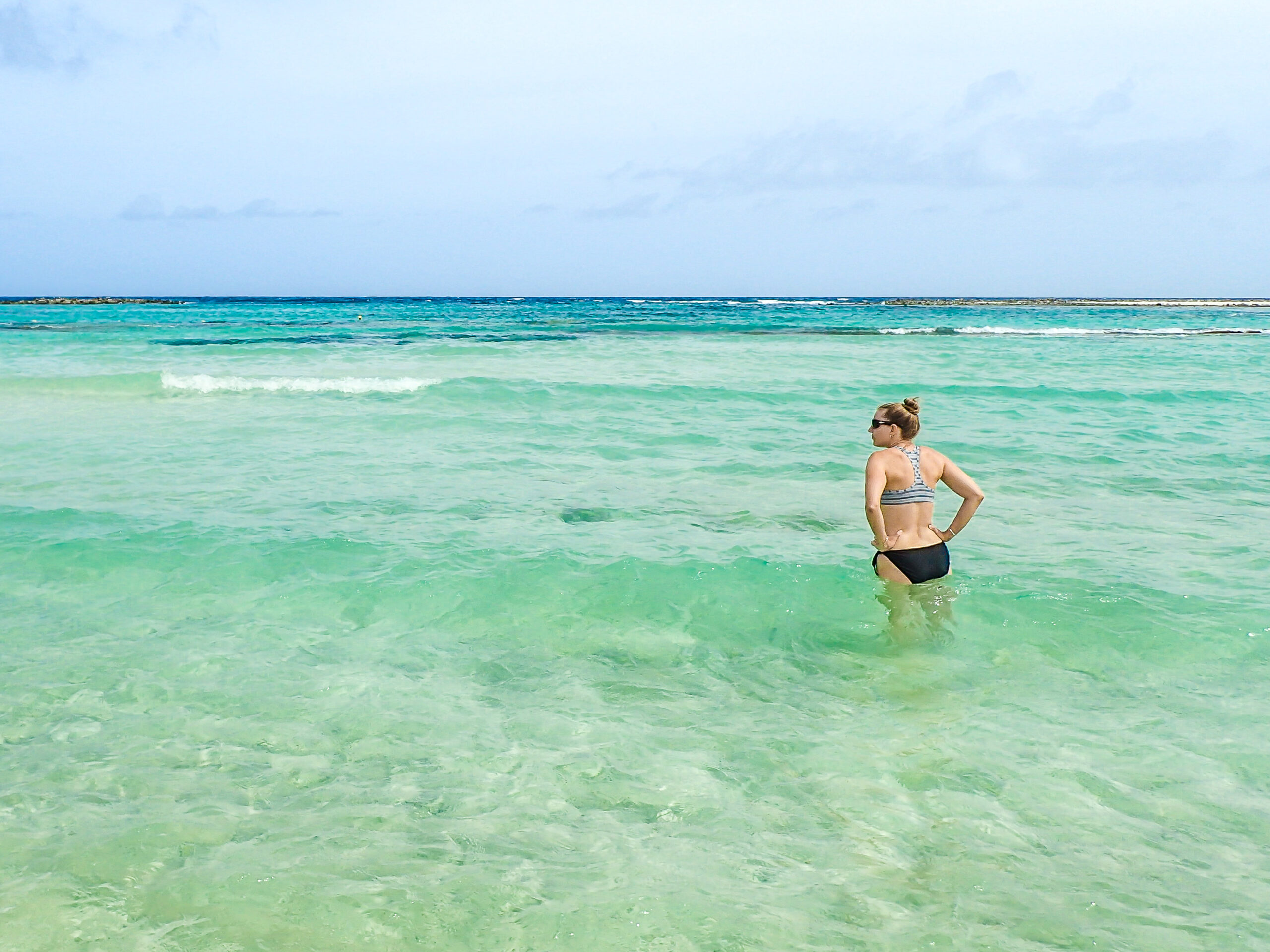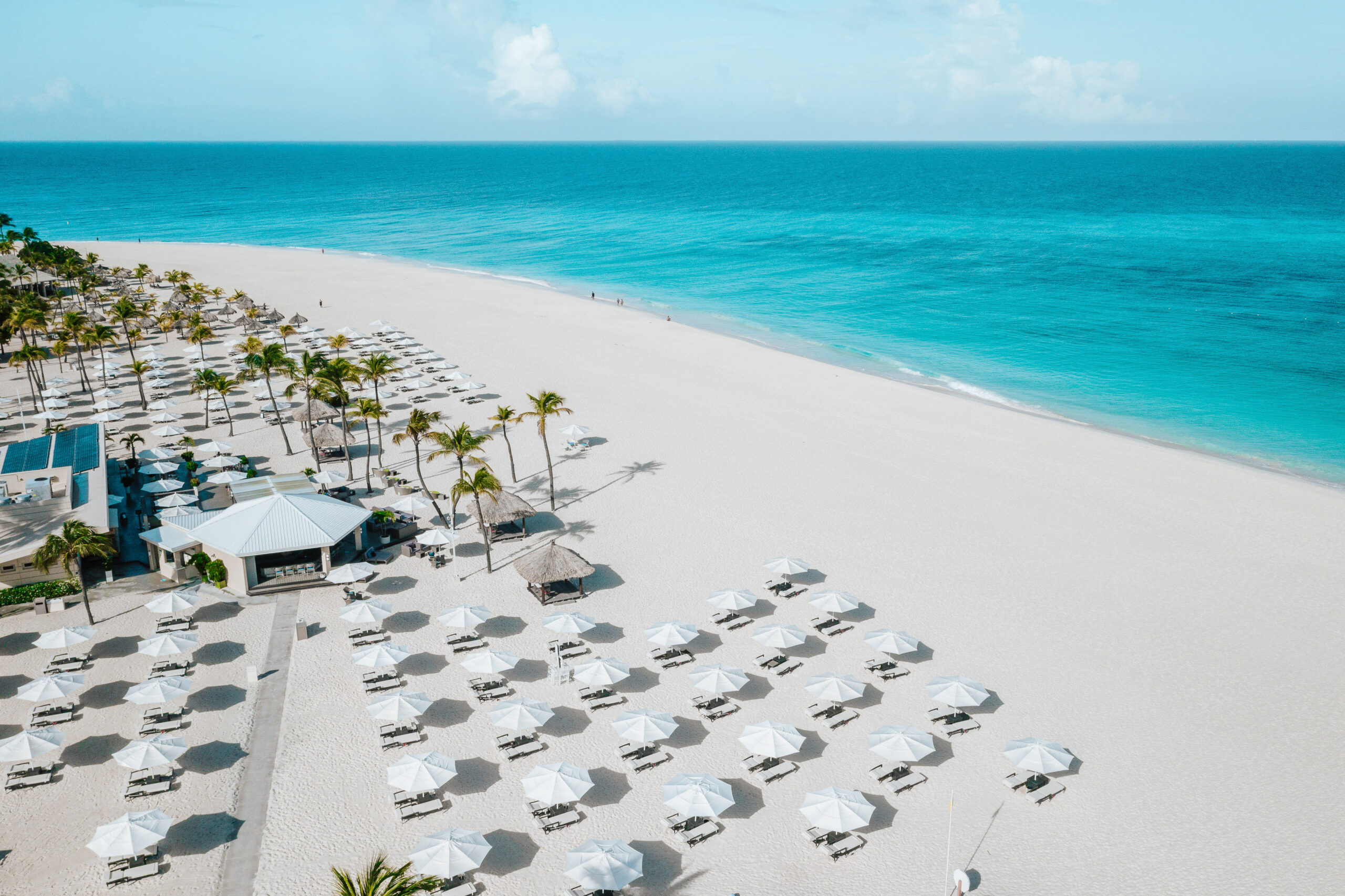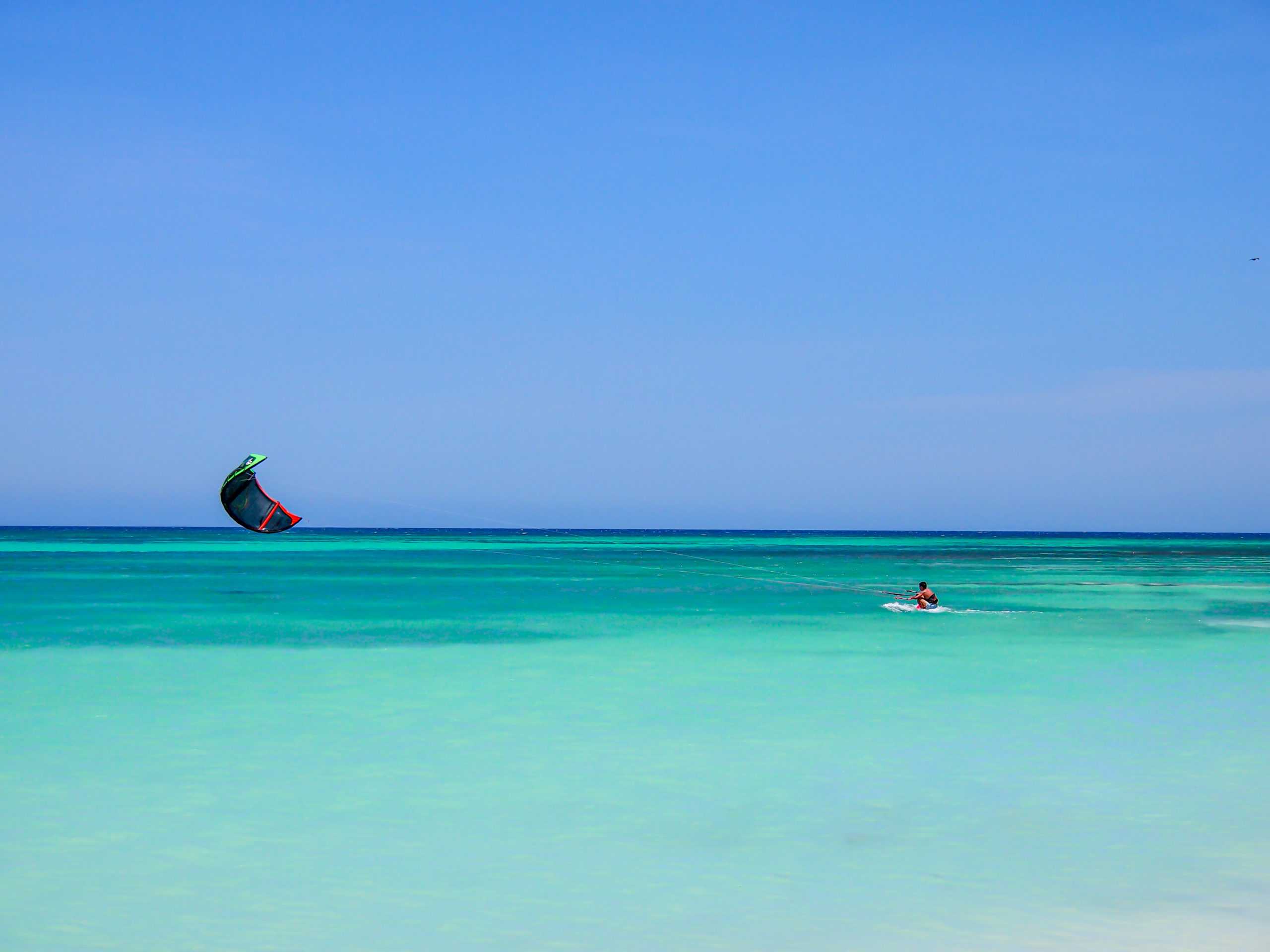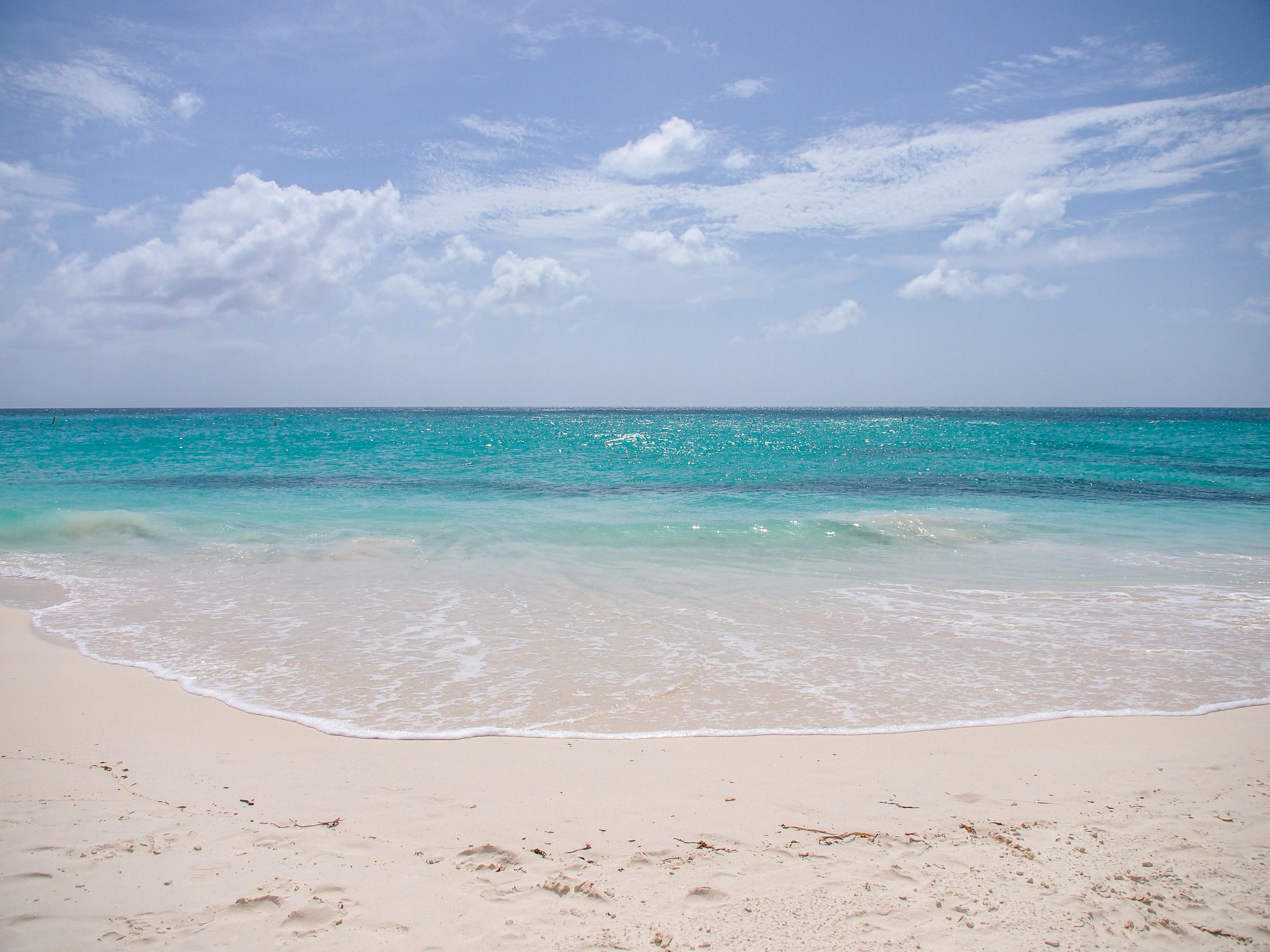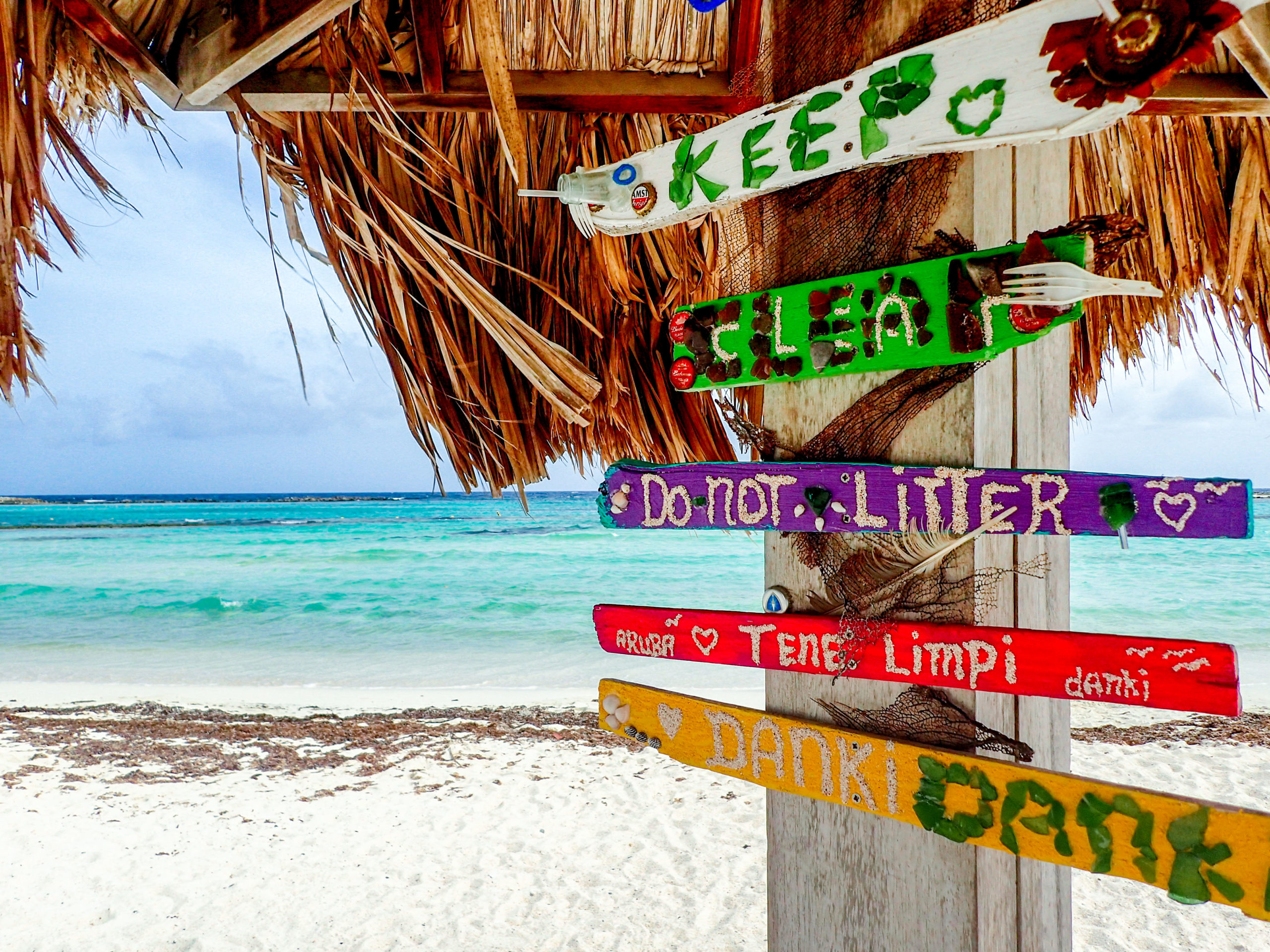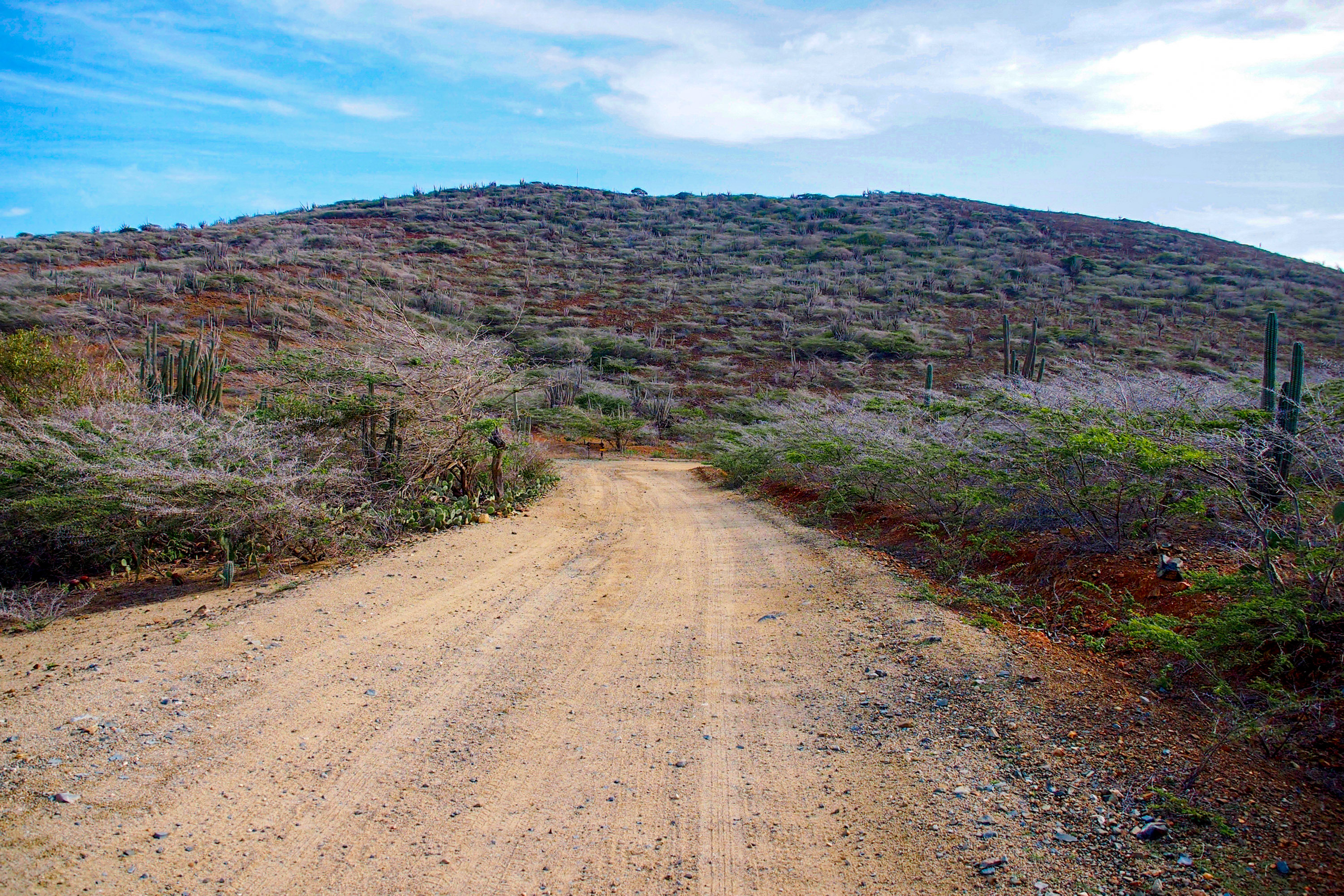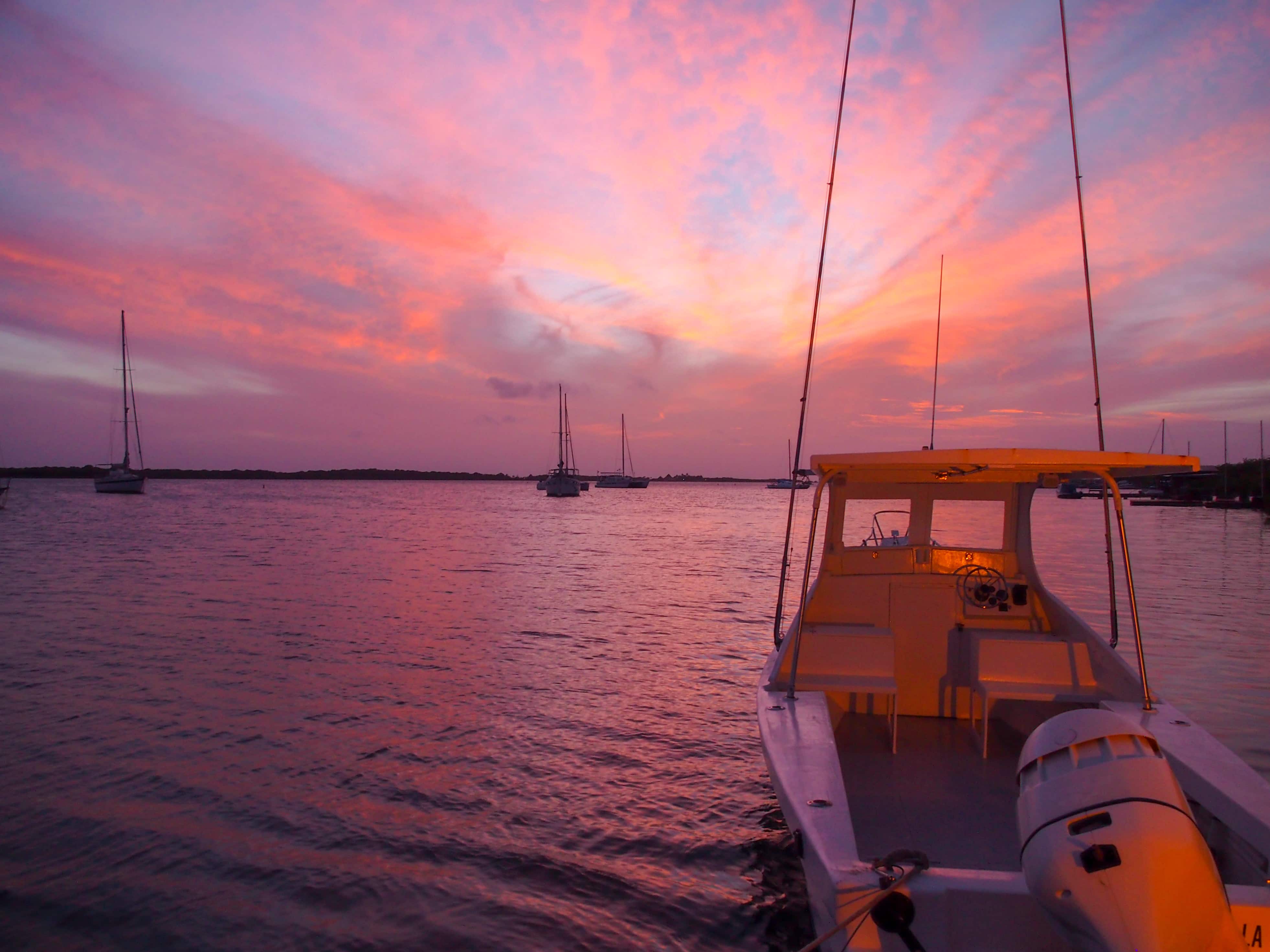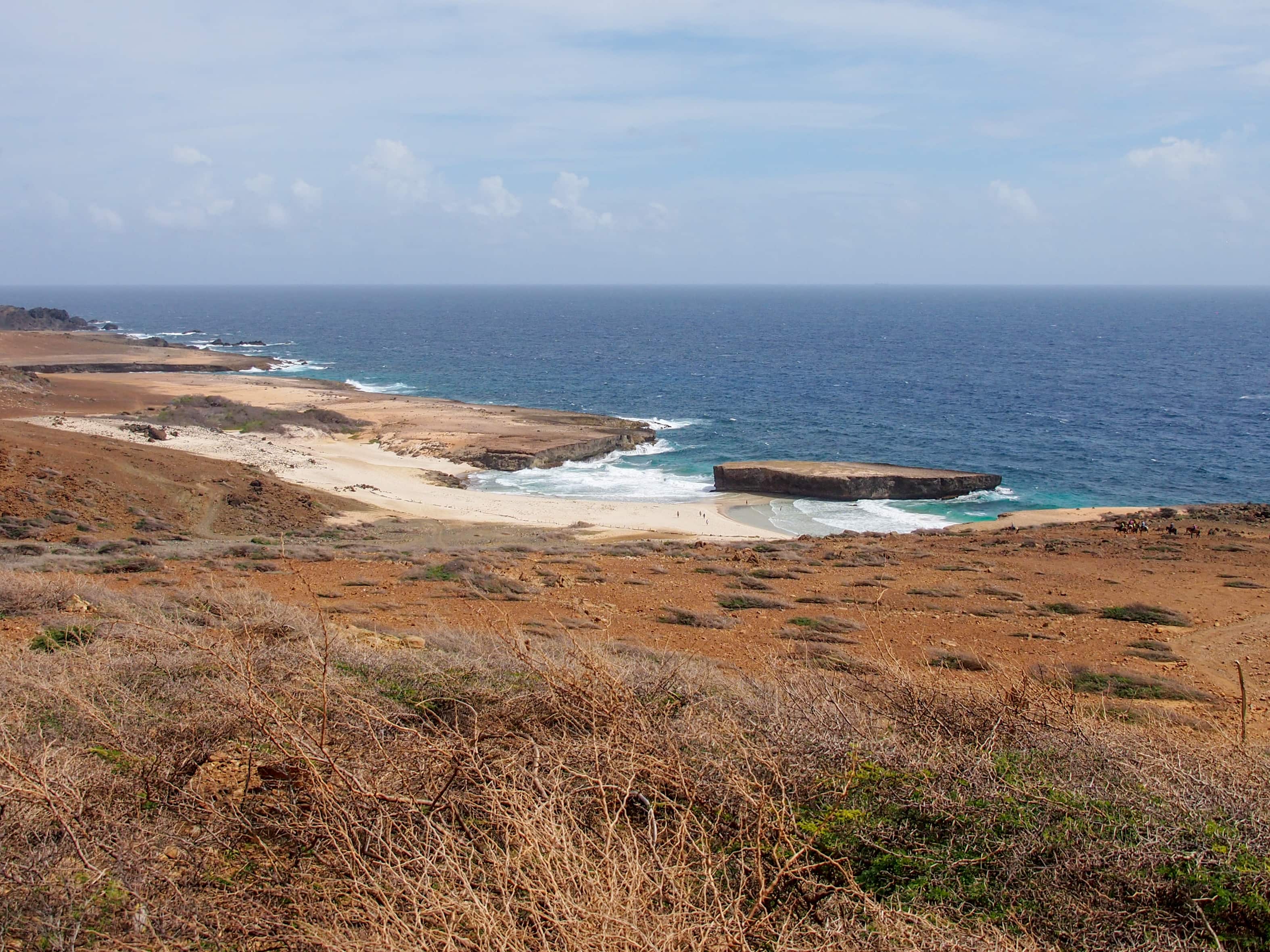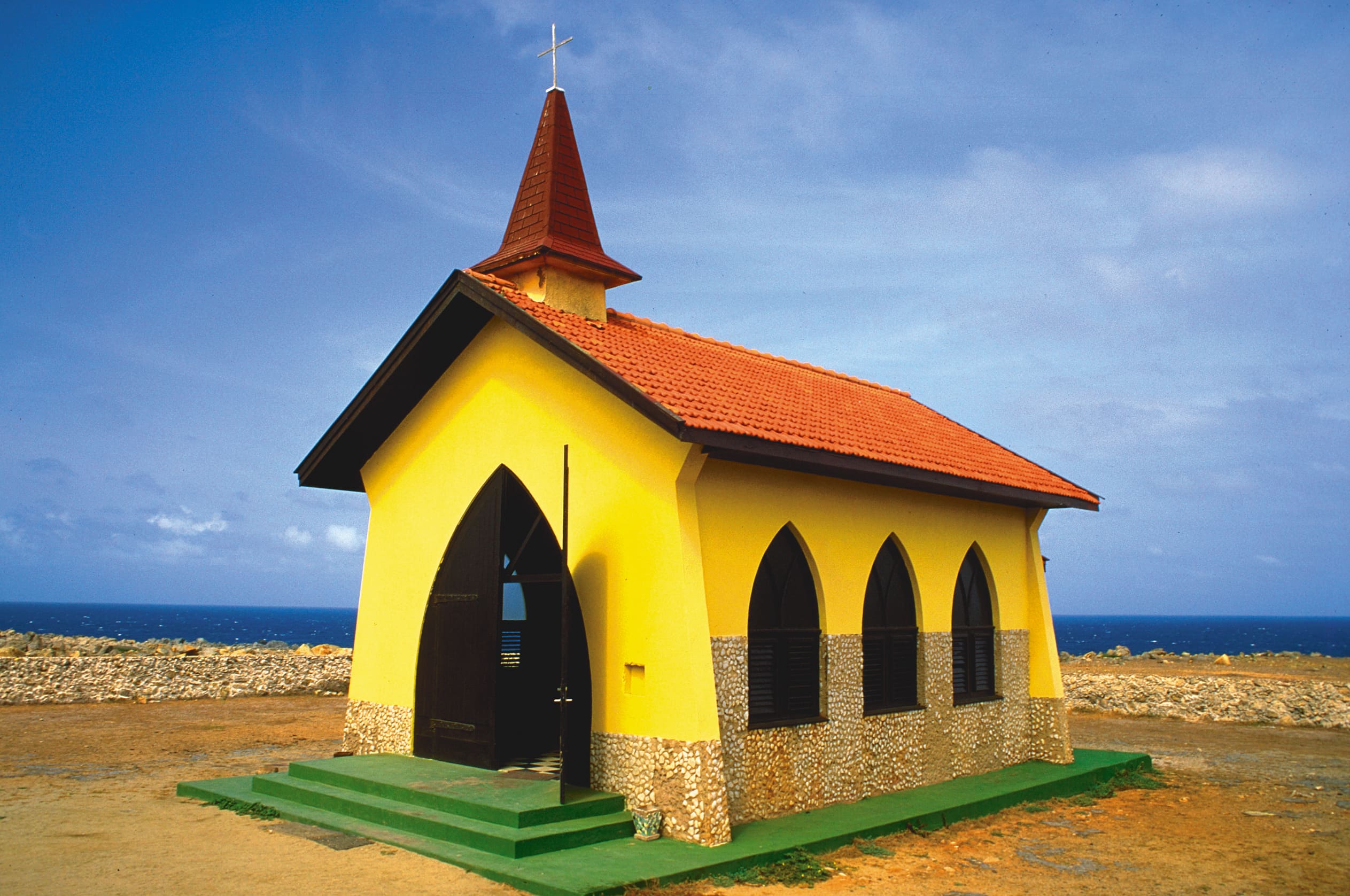Aruba is flat (highest peak: 617 feet), generally windy, dry (avg. annual rainfall: less than 20 inches) and every bit the tourist trap most uncommon travelers think it is… but that doesn’t mean you should avoid this multi-cultural southern Caribbean gem. On the contrary, the island’s well-trod attractions and Spring Break-style party scene are confined to the island’s western regions, specifically the areas around Palm Beach, Eagle Beach and the capital, Oranjestad. That leaves the vast majority of Aruba’s 70 square miles open and available for the type of uncommon exploration and unique experiences we love! Check out small fishing villages like Savantea, where you can enjoy the freshest seafood on the island. Journey to San Nicholas, Aruba’s “Second City” located on the southeastern shore, and stop in for a friendly drink and an introduction to Aruba’s history and gritty underbelly at Charlie’s Bar. Nearby Baby Beach is a well-kept secret among locals for offering all the natural splendor of Aruba’s more famous sandy stretches… except crowds, high-rise hotels and glitzy casinos. The island’s north shore reveals even greater uncommon pursuits harkening back to Aruba’s Amerindian history and Gold Rush period.
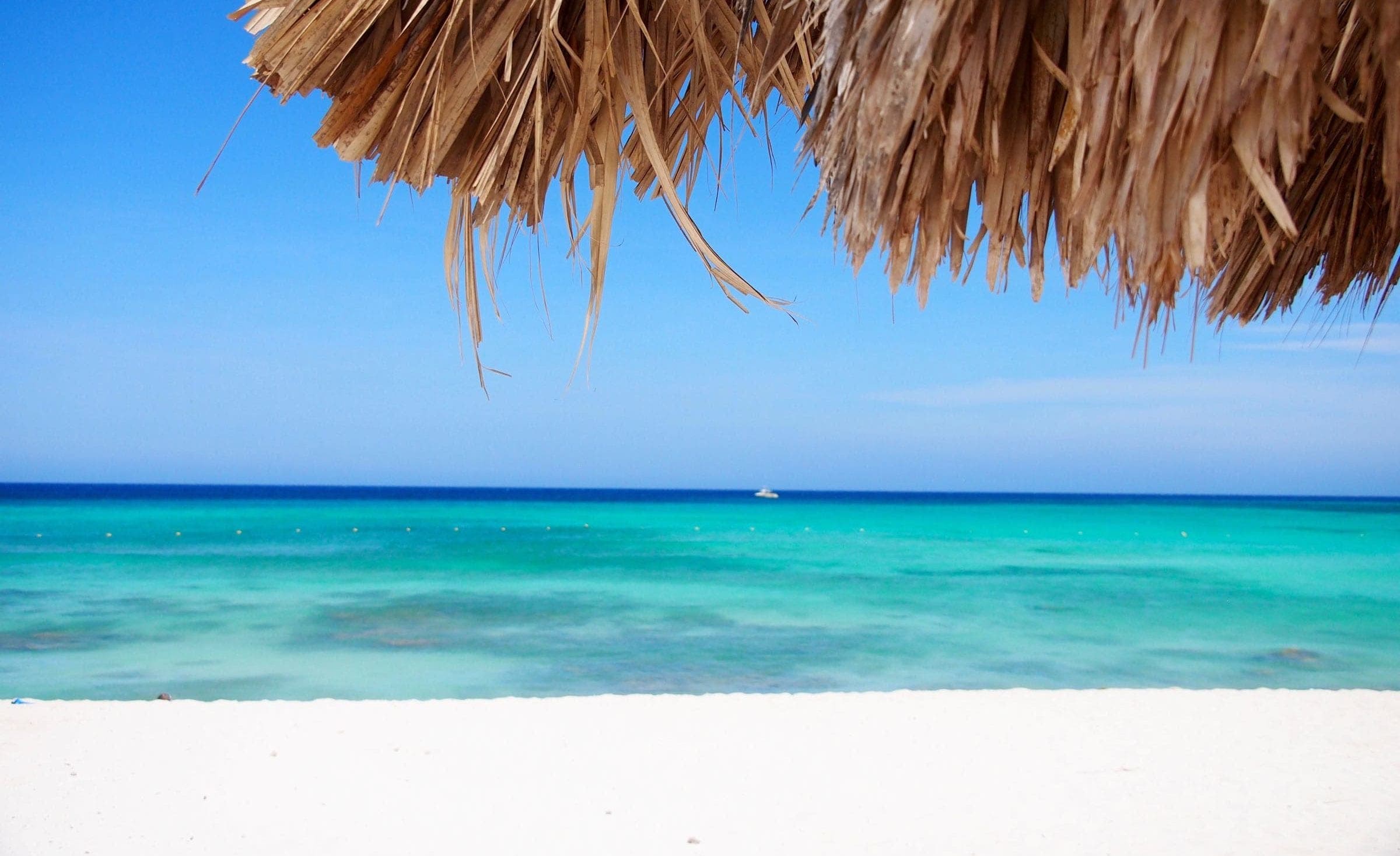
ArubaTravel Guide
No matter where you go in Aruba, you’re sure to encounter some of the friendliest and most diverse people anywhere in the region. Just about everyone speaks Dutch, Spanish, English and Papiamento, a unique Afro-Portuguese dialect that even has some Arawak Indian thrown in, spoken only in Aruba, Bonaire and Curacao. Aruba’s melting-pot of cultures is reflected in local cuisine, cultural events, native arts and crafts, music and dance traditions, leaving much to be discovered outside of the party zone…
